The process of applying a tattoo on the body carries some painful load, depending on the threshold of a person's sensitivity - from tingling to an intolerable burning sensation. To avoid such problems, local anesthesia is used before the procedure, which completely relieves pain and allows you to safely get a tattoo, even on sensitive areas.
Why use pain relievers?
The most sensitive areas for tattooing:
- Head.
- Neck.
- Rib cage
- Nearcostal region.
- Inguinal area.
- Inner thighs.
- Knees (front and back).
- Ankles.
The most sensitive areas for tattooing
The more sensitive the area, the more painful it is to get a tattoo. The sensitivity of other parts of the human body is presented in the table.
| Zone | Sensitivity |
| Outside of the hand | Weak |
| Brushes | Strong |
| Stomach | Average |
| Shin | Average |
| shoulder blades | Average |
| Back of knees | Strong |
| Ankles | Strong |
The most painless areas are “soft” places that deeply hide the bone from external influences, for example, the buttocks or the shoulder (biceps). Bone contact creates unnecessary pain, while muscle and fat soften the effect. The back is also considered a safe zone due to the thick skin and low concentration of nerve endings.
Sensitivity in women and men is different, so you can not rely on someone else's experience and hope for the absence of pain.
Anesthesia before tattooing is important when working on areas such as the face or ribs. Modern means - anesthetics - completely or partially relieve discomfort and allow you to feel comfortable during the work of the master.
Contraindications
In order not to give up the tattoo due to pain, local anesthesia is used. The main reason for its popularization is a wide range of anesthetics use and minimal contraindications. The main disadvantage is individual intolerance to the body.
Individual components contained in the composition of the funds can cause allergic or inflammatory reactions.
The basis of most anesthetics is lidocaine, which completely relieves pain during a puncture, depressing the nerve endings, but at the same time retains some of the tactile sensitivity. Side elements in the composition of creams are agents that help reduce trauma, antibacterial and emollients.
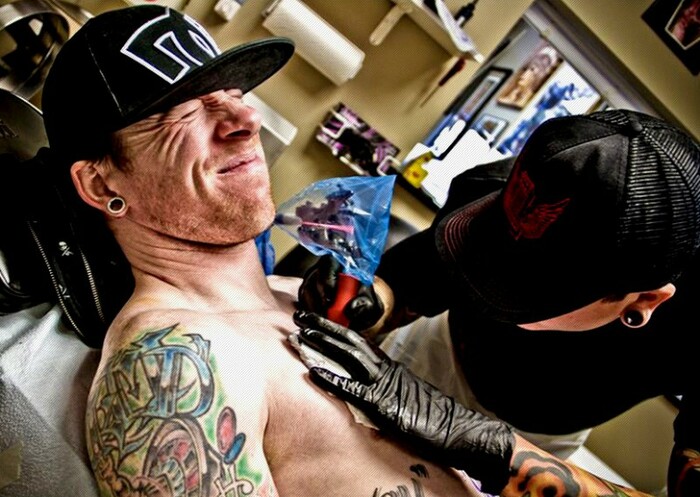
Anesthesia before tattooing, in addition to individual intolerance, is prohibited for the following problems:
- Diseases of the cardiovascular system.
- Pregnancy and lactation.
- Diabetes.
- Stagnant fluid.
- Diseases of the skin.
- Open inflammatory processes.
In all other cases, when used correctly, anesthesia will not cause harm, but, on the contrary, will contribute to the painless process of creating a tattoo.
Varieties of pain relievers
Anesthetics are drugs that have anesthetic properties. In the tattoo field, local anesthetics are used, they are the least harmful and block pain only in a limited area.Means, depending on the composition, last from 1 hour to 5-6 hours. When applying tattoos, usually use creams, gels or ointments based on lidocaine.
It is suitable for tattooing due to its convenient range of action - 2-4 hours. The principle of action of lidocaine is based on its pharmacological property to block the passage of nerve impulses, interacting with the human nervous system.
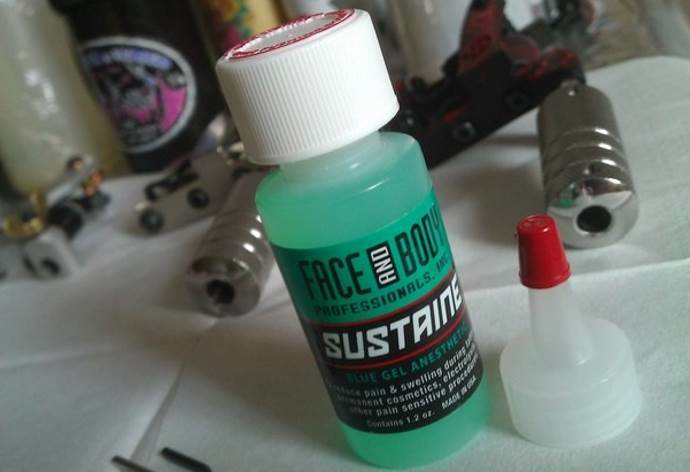
Nerve impulses are not received, which means that pain from damage to the upper skin is not felt. Due to minor components and their effect on the skin area, anesthetics are warming and cooling. The former promote blood flow and increase heat exchange, which is undesirable during the tattooing process.
Warming drugs are best used for healing purposes rather than pain relief.
The area will be more oxygenated and will receive substances for regeneration. Cooling ointments are more suitable for tattoo artists, as they reduce pain and, at the same time, have an anti-inflammatory effect, and contribute to less trauma.
Review of anesthetics - ointments, creams, gels
The choice of anesthetics is based on the person's pain threshold. Ointments, creams or gels are varieties of release forms that differ in the composition and concentration of the active substance.
- Gel is a water-based preparation with a soft, viscous consistency.
- The cream is produced on the basis of oils with water, it is absorbed most quickly.
- Ointment is a product based on fatty acids, it is absorbed more slowly and leaves a greasy mark for some time after application.
Funds are arranged in decreasing order of duration:
- Ointment TKHT. One of the most popular ointments today. It is used not only in the field of tattooing, but also in cosmetology (when applying tattooing of eyebrows, lips or eyelids). Acts within 4 hours thanks to lidocaine and prilocaine - effective pain relievers. Epinephrine is added to the composition to reduce inflammation and swelling, as well as to reduce bleeding. Immediately before application, the skin should be treated with alcohol. For effective use, it is necessary to cover the area with a film for 30 minutes after lubricating the area. It is believed that the ointment does not affect the quality and clarity of the pattern and does not deform the skin. The ointment is very popular among tattoo artists.
Review of anesthetics - ointments, creams, gels - Deep Numb ointment. In addition to lidocaine, it contains other substances - prilocaine and benzocaine. The principle of action is the same - it works for 4 hours, it is applied in 30 minutes. before the session after thorough alcohol treatment. Cannot be applied to wounds or abrasions, as well as to people with increased allergenicity.
- Numb cream. Blocks 100% of the painful sensations of tattooing. The depth of action varies from 5 to 8 mm and has a low consumption, as it is covered with a thin layer of 2 mm. It is applied in 15-30 minutes, lasts for 3 hours. If the session is to be long, then it is better to choose a remedy with a longer effect.
- Cream "Prepcain". The main components are lidocaine and tetracaine. The disadvantage of this tool lies in the hour interval between use and tattooing. The action of the remedy ends in 2 hours, but due to the delayed action, the process is stretched at least up to 3 hours.
- Gel "Sustain". The duration of anesthesia is 2 hours. The gel significantly reduces swelling and reduces bleeding during tattooing. With excessive use, it impairs the absorption of the pigment by the skin, so the product is applied once in a thin layer. Particularly hazardous in contact with mucous membranes.
- Sxyan cream. It is widely used in cosmetology for tattooing and piercing, as well as in tattoo parlors. Allows you to completely get rid of pain in case of skin damage for 2 hours. Time before the onset of action is 30 minutes, the main component is lidocaine.
- Lushcolor cream. The composition does not differ from the previous one, the exposure time under the film is 25 minutes. At the end of this time, the place must be wiped dry and work begins. The main component is lidocaine.
General recommendations for choosing funds
Specialists in the field of tattooing give the following tips to those who have decided on a similar procedure.
Master's consultation
Anesthesia must be chosen correctly, for this it is best to consult before starting the procedure with the tattoo artist who will conduct the session. He may have a personal preference for drug handling.
Features of the body
It is important to take into account the individual intolerance of some components. Before buying, you need to familiarize yourself with the composition in order to check for the content of allergenic substances prohibited for each specific case. If there is, then you need to find an analogue without this component.
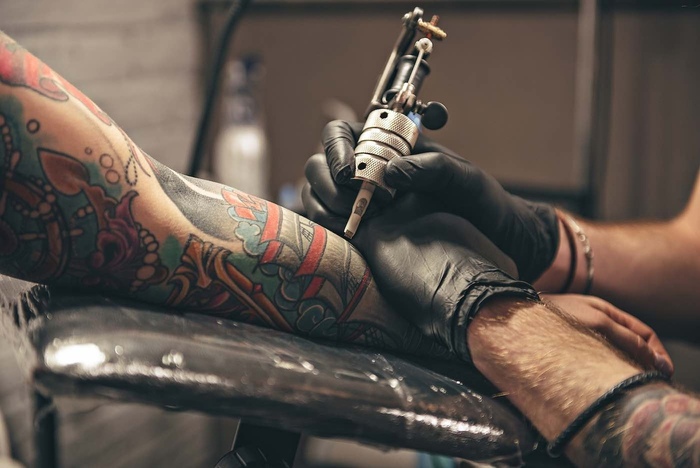
If there is a suspicion of an allergy, then you can try the remedy a few days before the session on a small area of the skin and identify the body's reaction. Anesthesia before tattooing rarely leads to allergic reactions. The main symptoms are hives, rashes or scabies at the site of application.
Duration of drug action
If the work takes 3-4 hours, then the remedy must be chosen with the appropriate duration of exposure, otherwise the rest of the work, after the termination of its action on the body, will cause pain.
Reviews
In the public domain, you can find many reviews about antiseptics, information on the frequency of allergic reactions, or recommendations from other tattoo artists who have tried this drug.
Proper preparation for tattooing
On the eve of visiting the salon, you must carefully consider the idea of a tattoo, discuss the details with the master and be sure of your decision. You should choose a salon that is proven, clean and with a good reputation; low price is not the primary factor.
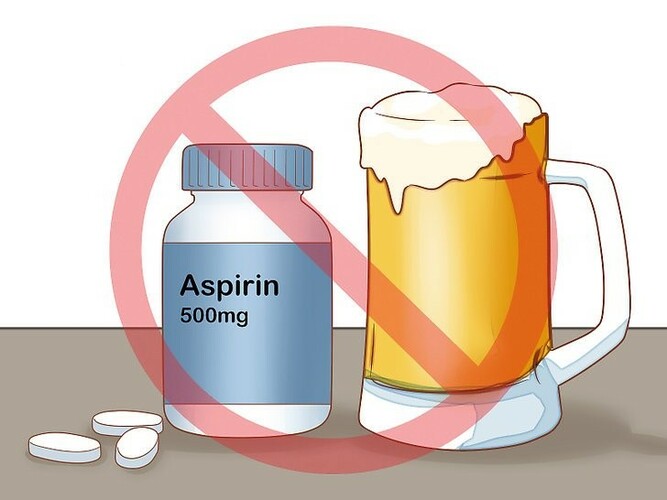
- It is best to choose not the salon itself, but the master, whose drawings you like.
- The time of the session should be convenient for visiting, because if the tattoo is located in an inconvenient place subject to friction, then after the procedure you will need to go home.
- A day before the appointed date, you must refrain from drinking alcohol, which can increase the traumatic effect of the needle and the amount of blood that comes out during the session.
- You should not consume coffee and energy drinks - caffeine increases sensitivity. It is better to replace such drinks with water. It moisturizes the skin and the colors will be absorbed better by the skin.
- People with dry skin should start using a moisturizer within a week. Scars or scars are more common on dry skin, so this step should not be neglected.
- It is imperative to prepare the skin according to the following algorithm (regardless of the type of skin):
- Use moisturizers more often, replacing your usual skin care products.
- Get rid of hairline (if necessary).
- 12 hours before the session, do not apply any products to the skin or injure it.
How the tattooing process works
After all the necessary stages of preparation for the session, the master proceeds to apply the tattoo.
Algorithm of the process of creating a tattoo:
- Treatment of the skin with an antiseptic and anesthetic. Processing should be carried out taking into account the recommendations indicated on the package. Before applying the ointment, it is necessary to degrease the skin with alcohol, and the drug itself should be applied for 15-30 minutes. before the session. Use a film if necessary.
- Contour drawing. There are several ways to transfer a tattoo from paper to body:
- "Free hands", when the master immediately draws with a pen on the human body.
- Transfer using stencil paper, when the picture is printed on the printer, transferred to transfer paper, cut along the outline and transferred to the skin.
- Tattooing with a special machine. The master must unpack new disposable games and gloves. Then the outline of the drawing begins. In the process of piercing the skin, excess paint appears on the surface along with minor protrusions of blood, so the skin must be periodically blotted with a napkin. For convenience, first paint over the dark parts of the picture, and then the lighter ones.
- Follow-up care of the skin surface. After the procedure, the skin needs special care for some time - special creams for healing, sterility, frequent rinsing and protection from the sun. After 5-7 days, the tattoo will begin to heal and “crust”. It should move away on its own without external influence. The master must give all the recommendations on paper or orally.
How the tattooing process works
Tattoo artists can skip the 1st step of the algorithm, so a low pain threshold should be warned in advance. Some specialists do not work with anesthetics at all, citing changes in the structure of the skin or poor absorption of pigment.
Any anesthesia before the tattooing process is optional and individual. In contrast, treatment with an antiseptic for the purpose of disinfection is a mandatory process, without which a session should not begin, otherwise there is a risk of complications associated with the ingress of bacteria or blood poisoning.
Pre-Tattoo Anesthesia Videos
Things to consider before using an anesthetic:


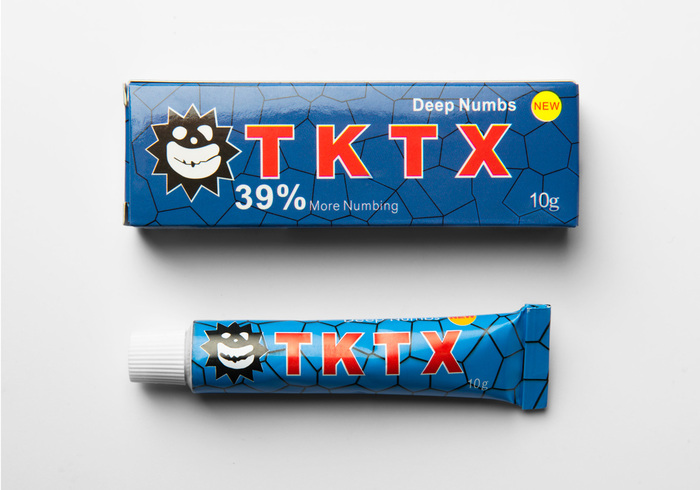
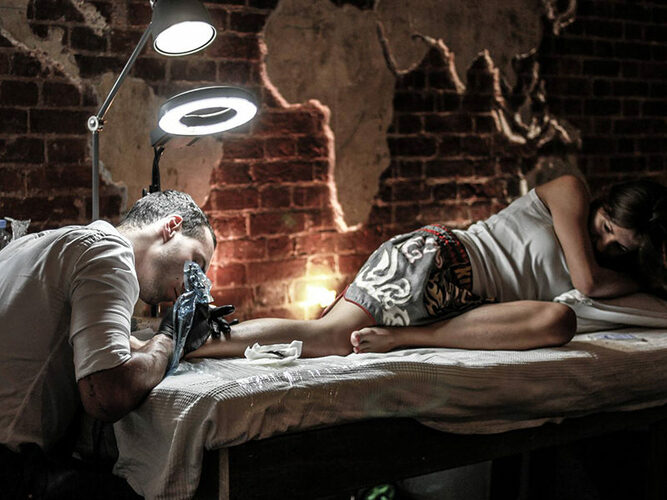
Hello! Started stabbing a tattoo on my back! The tattoo is very big! And the master doesn't want to give me pain relief! I can't do more than 3 hours without anesthesia! The master only applies pain reliever to me when it pierces the skin! But it hurts! Tell me, can I apply anesthesia before the session? And how much will it help me? Whether the process will change from this. Suction pigment ????
Good evening. A year ago, I had a melanoma removed on my back, leaving a very wide scar. I would like to get a tattoo on this scar. Can you please tell me if it is possible to get a tattoo on such scars?